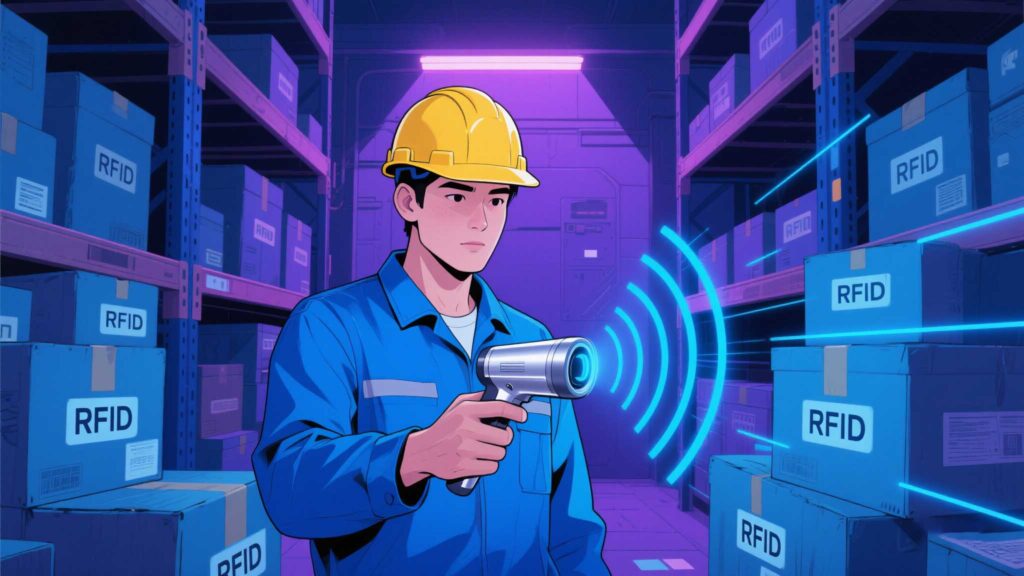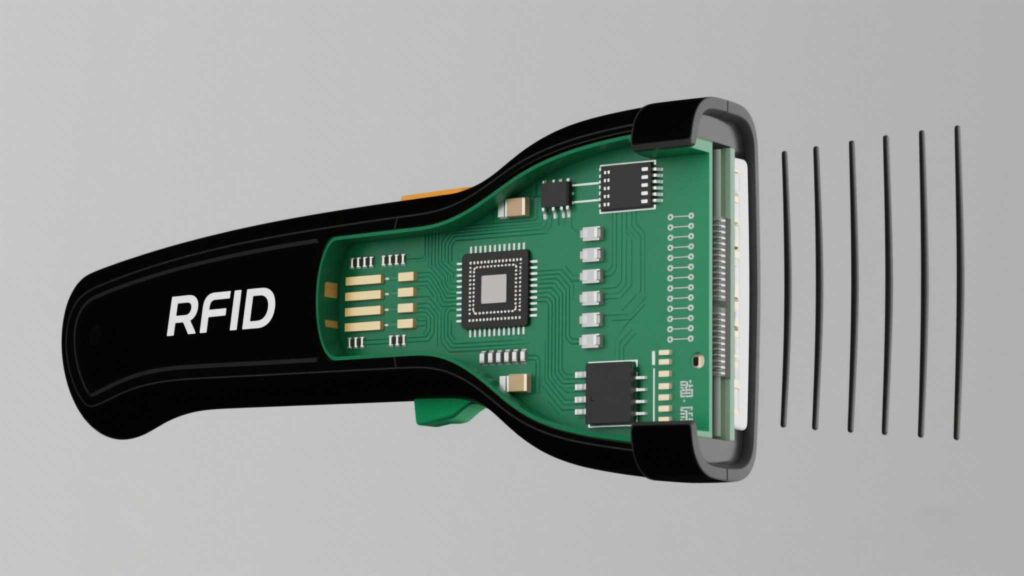Does NFC or RFID Make QR Codes Redundant?
698Discover whether NFC and RFID technologies are replacing QR codes, their pros and cons, and how Cykeo integrates all three for hybrid solutions.
MoreAll RFID Product
An RFID scanner might seem like a simple handheld gadget, but it’s the linchpin of modern tracking systems. From ensuring your online orders ship on time to safeguarding hospital equipment, these devices turn invisible radio waves into actionable data. But what exactly makes them tick, and why are they indispensable across industries? Let’s demystify RFID scanners and their game-changing capabilities.

An RFID (Radio-Frequency Identification) scanner is a device that wirelessly communicates with RFID tags to capture and transmit data. Unlike barcode scanners requiring line-of-sight, RFID scanners can read multiple tags simultaneously through obstacles like boxes, fabric, or plastic.
Key Components:
Example: In a Cykeo-equipped warehouse, scanners read tags on pallets 10 meters away, updating stock levels in real time without manual checks.
A. By Mobility:
B. By Frequency:
| Type | Range | Use Cases |
|---|---|---|
| LF | 0–10 cm | Livestock tracking, car keys |
| HF | 10 cm–1 m | Library books, payment cards |
| UHF | 1–15 m | Warehousing, retail inventory |
C. By Power Source:
Cykeo’s Edge: Their UHF scanners excel in high-interference areas like metal-heavy factories, achieving 99% read accuracy.

Ask These Questions:
Pro Tip: For mixed environments, use hybrid scanners that support multiple frequencies.
Takeaway: RFID scanners are the silent workhorses of automation, bridging the physical and digital worlds. Whether you’re a small retailer or a global manufacturer, understanding their capabilities—and limits—is key to building faster, leaner, and error-proof workflows.
Discover whether NFC and RFID technologies are replacing QR codes, their pros and cons, and how Cykeo integrates all three for hybrid solutions.
MoreThis article provides a comprehensive overview of livestock RFID readers, including how they work, key features, usage scenarios, and buying tips—helping users improve animal identification efficiency and optimize farm operations.
MoreIn modern business, efficiency and accuracy are key to success. Radio Frequency Identification (RFID) technology has become a game-changer across industries, and the four-port RFID reader has emerged as a powerful tool for enhancing operational ef...
MoreCurious what RFID scanners look like? Explore designs, sizes, and applications of handheld, fixed, and integrated RFID scanners across industries.
More